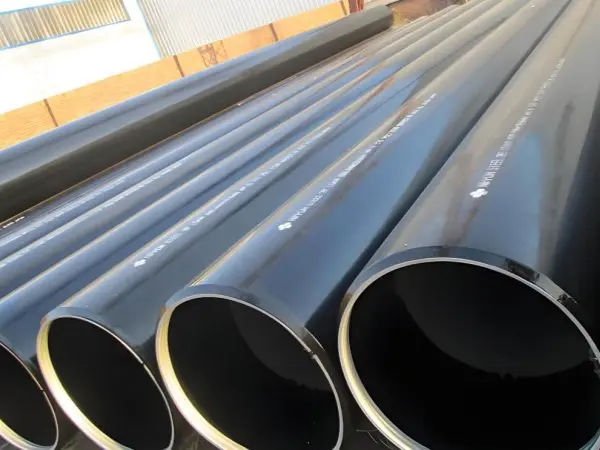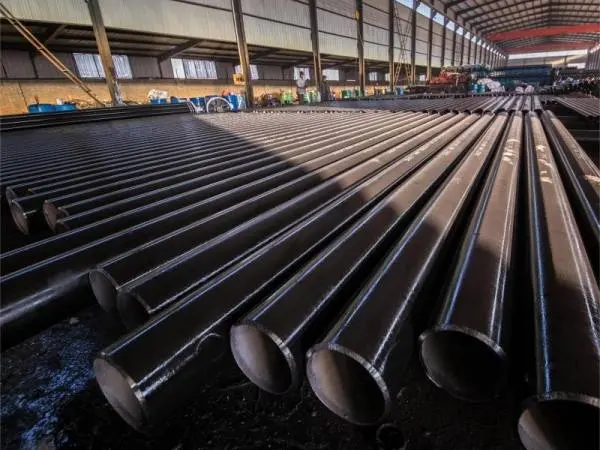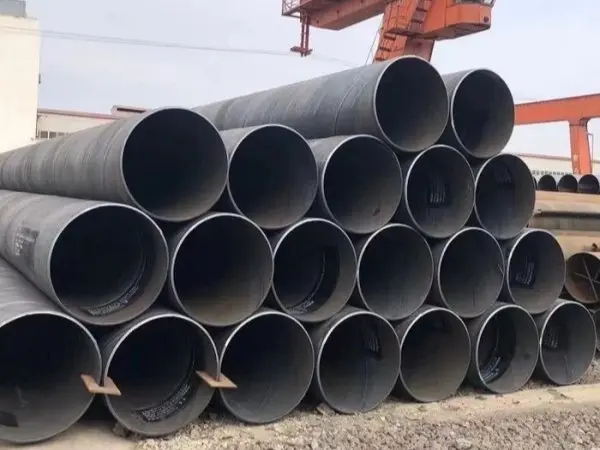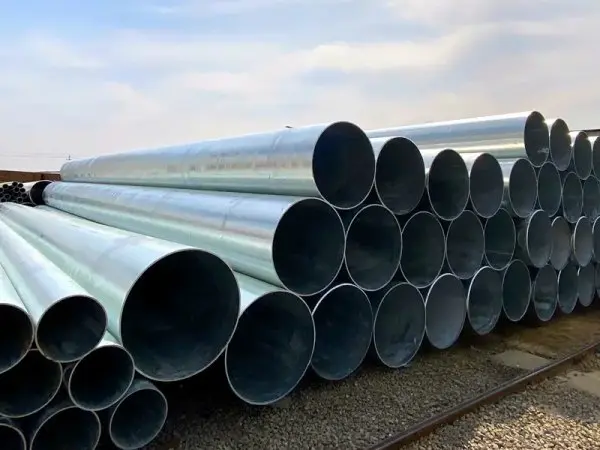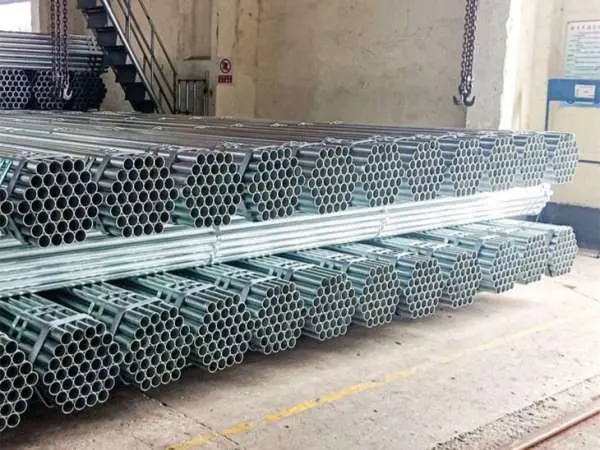- Phone0086 731 8564 8255
- E-mailsales@cscsteel-manufacturing.com
-

Large-diameter seamless pipes are essential in industries that demand high strength, reliability, and performance under pressure. They are often favored over welded pipes for applications involving high-pressure fluids or gases due to the absence of seams, which reduces the risk of failure. Given their widespread use in construction and infrastructure projects, the welding and forming processes for large-diameter seamless pipes are crucial. Below are key considerations and methods for both welding and forming.
Welding Precautions for Large-Diameter Seamless Pipes
- Weather Protection: In adverse weather conditions, set up shelters to protect the welding site.
- Moisture Control: Remove any ice, snow, or moisture from the pipe’s interior and exterior surfaces near the weld.
- Procedure Adherence: Strictly follow welding operating procedures.
- Electrode Care: Store welding rods and wires in insulated tubes, and ensure they remain dry.
- Preheating in Cold Conditions: If the temperature falls below 0°C, preheat steel parts and weld areas to at least 15°C.
- Adjust Welding Current in Winter: Increase the welding current and use insulation after welding to minimize temperature gradients.
Forming Methods for Large-Diameter Seamless Pipes
- Hot Piercing Rolling
Involves longitudinal and diagonal rolling techniques.
Commonly used for continuous tube rolling with mandrels. It is efficient, economical, and produces high-quality pipes.
- Hot Push Expansion
Simple, cost-effective, and flexible for producing medium- and thin-walled large-diameter pipes.
Suitable for scaling up production by adding specific accessories.
- Hot Extrusion
Requires machining pre-processing of blanks.
Works well for pipes smaller than 100mm in diameter, but for larger sizes, higher-tonnage equipment and more sophisticated control systems are needed.
Causes and Solutions for Uneven Wall Thickness
- Head and Tail Wall Thickness Issues
Caused by improperly cut billets or incorrect rolling parameters.
Solution: Ensure proper billet cutting, lower the piercing speed, and adjust guide plates to stabilize rolling.
- Spiral Wall Thickness Issues
Caused by misaligned rolling centers or improper adjustments of centering rollers.
Solution: Align rolling centerlines, adjust rollers according to specifications, and ensure centering rollers open at the correct time.
- Linear Wall Thickness Issues
Caused by incorrect pre-piercing saddle height or improper roll gap settings.
Solution: Adjust mandrel and roll settings, and ensure consistent measurements of roll gaps and centerlines.
